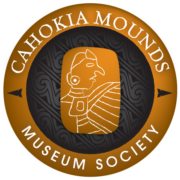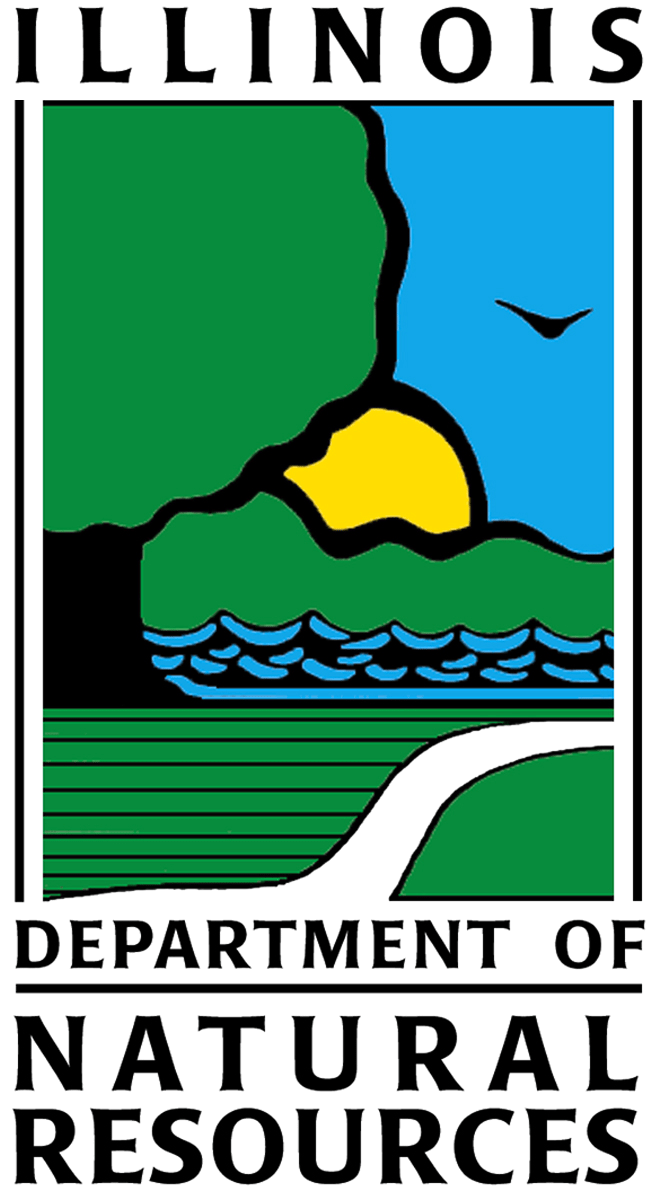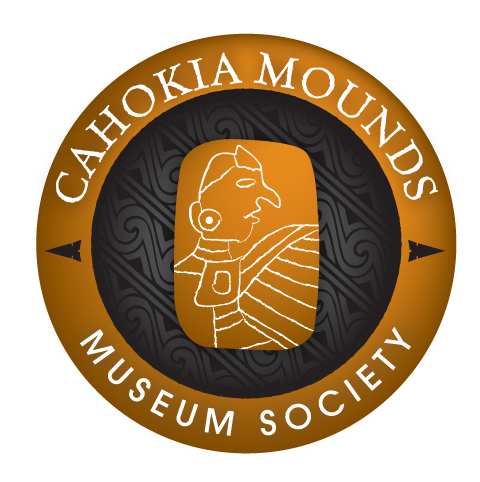Mound 76
A small, square mound, located on the old bank of Cahokia Creek just north of Mound 42, is another of the mounds note first by Moorehead.
In the McAdams Map of 1882 there is a mound indicated in this general area but no height is given. In the Peterson-McAdams Map of 1906, a mound seemingly located much further north of Mound 42, but perhaps intended to represent this mound, is given a height of 4 feet (1.2 meters). The only reference to excavation in Mound 76 is by Moorehead (1923: 47), but he is probably referring to what Patrick numbered Mound 56.
Nearby, the Illinois State Museum conducted excavations in Tract 15B before Sand Prairie Lane was moved in conjunction with interstate highway construction. One of the features found in this excavation was a large, walled compound with circular rooms on its perimeter. Only a portion of the compound was found.
That the compound is located within a plaza strongly indicates that it may have been square, in which case three of the corners would have mounds equidistant from them: Mound 42 to the southwest, 41 to the southeast, and 39 to the northeast. Mound 76 is slightly farther south than it should be to complete this pattern on the northwest corner. The deciding factor in its placement most likely was the proximity of a swamp, which prevented the erection of Mound 76 farther to the north (Wittry and Vogel 1962: 28).
Moorehead also makes reference to archaeological finds in this area:
A copper serpent was found by a boy on the surface not far from Mound No. 76 in the summer of 1922. This serpent effigy was some four or five inches long, composed of thin sheet copper with no filigree work. We were unable to secure this object for the university collection. [Moorehead 1929: 90]
This sounds suspiciously similar to the copper artifact supposedly found in Mound 59 (see discussion of Mound 59) and may merely be a confusion in numbering on Moorehead’s part in describing this artifact. In his 1923 map Moorehead assigns the number 76 to Patrick’s Mound 56, the Jesse Ramey Mound. This is close to Mound 59, where the copper serpent was most probably found.




